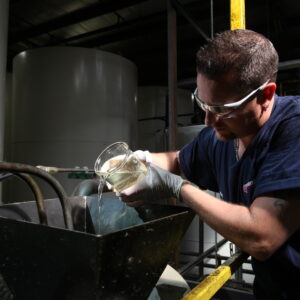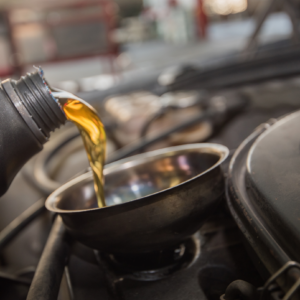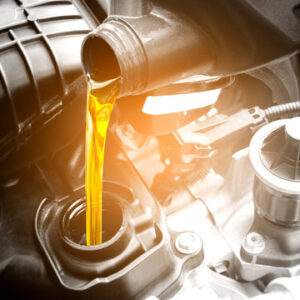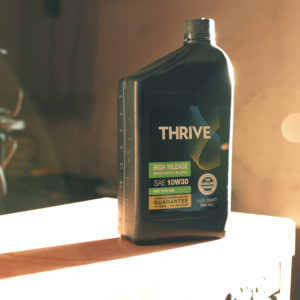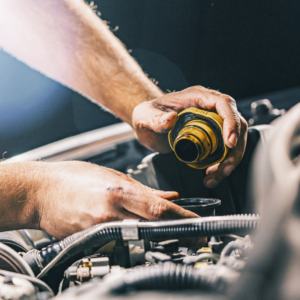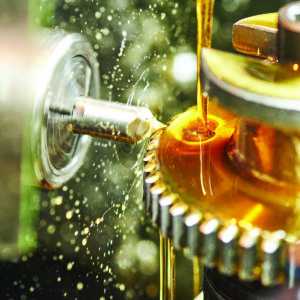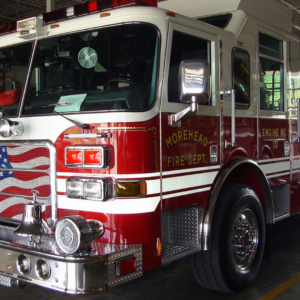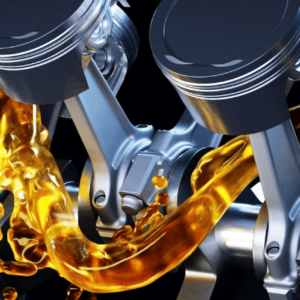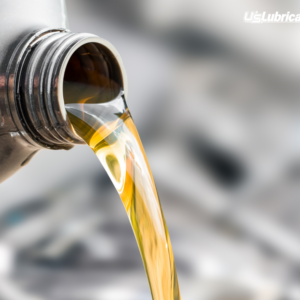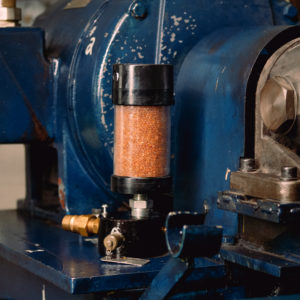When the temperature plummets, it’s common to see cars idling in driveways, engines humming as drivers wait for their vehicles to “warm up.” But is this truly necessary? The debate over warming up your car in winter has existed for decades, and with advancements in engine technology and oil performance, it’s time to examine whether this practice is beneficial—or even harmful.
We’re entering the chat and offering our two cents on the winter warm-up debate, offering insights into how idle time affects gasoline and diesel engines, and providing practical recommendations to help you keep your vehicle in peak condition.
What Does the “W” in Oil Grades Mean?
First, let’s talk about engine oil—it plays a crucial role in cold weather. The “W” in oil grades (like 5W-30) stands for “winter” and indicates how well the oil performs in low-temperature conditions. Modern winter-grade oils are designed for superior performance in cold climates, quickly circulating through the engine and reducing the need for prolonged idling.
Today’s oils protect your engine from the very first start, meaning long idling periods are no longer necessary to ensure proper lubrication. Simply put, the technology built into these oils allows your vehicle to perform optimally even in freezing temperatures.
The Effects of Idling on Your Engine
Idling may seem harmless, but it impacts your car in ways you might not expect. Depending on the type of engine—gasoline or diesel—prolonged idle times can have different consequences.
Gasoline Engines
Our technical manager, states, “Generally speaking, I’ve never heard a good reason for warming up gasoline engines.” With the thinning of oils throughout the years, modern engine oils are designed and tested to perform during a cold start. But it’s important to note that excessive idling can:
- Lead to unnecessary wear on engine components due to additional hours of use.
- Consume fuel unnecessarily.
- Add hours of operation to your engine oil, reducing its lifespan and potentially requiring more frequent oil changes.
Diesel Engines
Diesel engines, on the other hand, are more sensitive to cold weather so a warmup period may be recommended. A few examples: diesel fuel will require anti-gelling additive, glow plugs need to warm up, and the oil pressure should be allowed to normalize before operation. However, excessive idling can still be problematic:
- Prolonged idling leads to excessive fuel consumption from combustion, but could also have secondary effects like clogging the Diesel Particulate Filter (DPF) or requiring an increased rate of regeneration cycles.
- Added engine hours will lead to component wear and oil degradation, which leads to higher frequency of oil changes. It’s important to remember that hours, not just miles, will affect the drain interval.
Factors to Consider When Deciding Whether to Idle
Before deciding whether to warm up your car, consider key factors such as weather conditions, vehicle type, and environmental impact.
- Weather Conditions: Severe cold may justify a brief warm-up, especially for comfort or to defrost windows. If you have small children, it may be worth some of the cons of engine idling to ensure a warm vehicle.
- Vehicle Type: Gasoline engines typically don’t need long idling times, while diesel engines may benefit from a short warm-up to stabilize oil pressure. For electric vehicles, cold climates can negatively affect battery charge.
- Fuel Economy: Idling burns fuel without getting you anywhere. This waste not only reduces your car’s fuel efficiency but also increases emissions—bad for the wallet and the planet.
- Environmental Impact: Extended idling contributes to unnecessary pollution, unless you drive an EV of course. Given advancements in automotive technology, even in winter conditions, you generally only need to idle for about 30 seconds before getting on the road.
Practical Recommendations
Here are some actionable steps to take during winter to protect your car and ensure optimal performance. Of course, for both gasoline and diesel engines, you should always make sure you are choosing the right oil that meets your vehicle’s specifications.
For Gasoline Engines:
- Idling for more than 30 seconds is often unnecessary. Modern engines are designed to warm up faster while driving. Long idling times are often unnecessary and can be harmful to your vehicle.
- Start driving gently after about 30 seconds to help the engine reach optimal operating temperature faster.
For Diesel Engines:
- Allow a brief warm-up (about 1-2 minutes) to stabilize oil pressure, particularly in freezing temperatures. In extreme climates, warm up times may need to be extended.
- Avoid prolonged idling to prevent clogging of the Diesel Particulate Filter (DPF) and to protect your oil.
- Whenever possible, plug in the engine block heater to reduce warm up times.
Key Takeaways
Warming up your car excessively in winter is generally no longer necessary with modern engines and high-performance oils. Contrary to what many believe, warming up your car does not protect the engine. In fact, excessive idling can cause wear and tear on your engine and accelerate oil degradation, leading to higher maintenance costs.
However, there are exceptions based on engine type, weather conditions, and your vehicle’s requirements. Key points to remember:
- Gasoline engines don’t benefit from extended warm-ups—start driving gently instead.
- Diesel engines may need a brief warm-up, but prolonged idling should be avoided.
- High-quality winter-grade oil is essential to keep your engine lubricated and protected in cold weather. But always be sure to check your vehicle’s unique specifications.
By understanding your specific vehicle’s needs and following these guidelines, you can reduce unnecessary wear and improve your car’s longevity while saving on fuel and maintenance costs.
Final Thoughts and Call to Action
Still unsure about what’s best for your car? Consult your vehicle manual or a trusted automotive technician for advice tailored to your vehicle’s specifications. For optimal performance this winter, explore high-quality winter-grade oils, like our house brand THRIVE®, designed to protect your engine during even the coldest starts.









